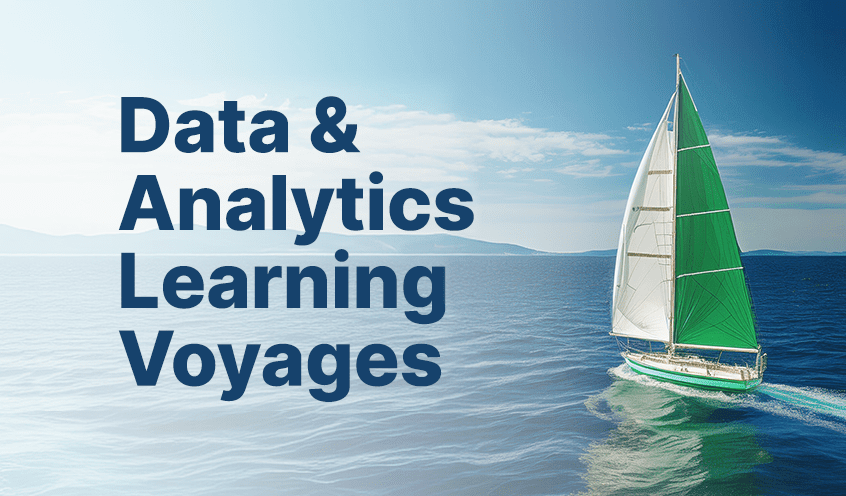The vital role of data in commercial operations is well and truly accepted and proven, with any business worth its salt using real-time information to fuel informed decision making, drive efficiency and boost the bottom line. There’s a reason why The Economist ran an article back in 2017 titled ‘The world’s most valuable resource is no longer oil, but data’.
But as we’ve learned from our work with various NGOs, so too can the nonprofit sector; where responding to the world's most pressing needs is a logistical endeavor with minimal resources that can benefit hugely from data and analytics. Most recently we’ve been supporting Direct Relief with its efforts to help refugee’s fleeing Ukraine.
Making the Most of Minimal Resources at a Moment’s Notice
NGOs like Direct Relief have to make the most of what they have. When people’s lives are on the line, there’s no room for mistakes or missing supplies. Doing this well means analyzing every aspect of their response down to the crucial details – like supply quantities, timeframes, or technology that supports their operations. Mapping out and digging into all the data at hand can help organizations see where the need really lies, ensure they have the right resources to hand and improve the effectiveness of their support on the ground. All at a moment’s notice.
Mining Mobile Data to Mobilize Resources
Direct Relief has been analyzing anonymized data collected from mobile devices, principally through social media applications, to understand changing population densities in areas that have received a significant influx of refugees from Ukraine since the war began in February. Seeing how people moved across the European Union in near real-time helped the team make a more accurate assessment on where to send its frontline staff and humanitarian aid including life-saving medication. It also helped to coordinate rescue missions with other organizations involved.
Creating a real-time public dashboard to improve collaborative efforts
Creating Clarity in a Time of Confusion
This same dashboard enabled Direct Relief to provide much-needed clarity for its own team and other NGO partners at a time when confusion was rife as many volunteers rushed to the frontline surrounding the Ukrainian borders to welcome refugees. Many brought with them blankets, clothes, food and medical supplies to give to those in need. This was a welcome gesture, but it created logistical challenges and a sense of confusion from the lack of coordination on the ground. Direct Reliefs dashboard enabled the teams to respond quickly to what’s happening on the ground and anticipate what their next move might be.
What Lessons Can Others Learn
Taking a data-driven approach like Direct Relief can make all the difference for other humanitarian efforts across the globe. The NGO also used similar tactics to deliver the right relief to COVID-19 hotbeds in New Work, Detroit and New Orleans. While Mercy Ships uses our software to drill down into HR data to generate more volunteers, more highly engaged staff, to give more people access to affordable, safe and timely surgery to sub-Saharan Africa.
If analyzed effectively, data can create effective strategies, arm frontline workers with vital life-saving information, and help get donors on their side. All of that combined, will allow us to revolutionize how we respond to our greatest challenges in real-time, making our humanitarian-focused projects just as focused and energized as profit-generating ones.













































